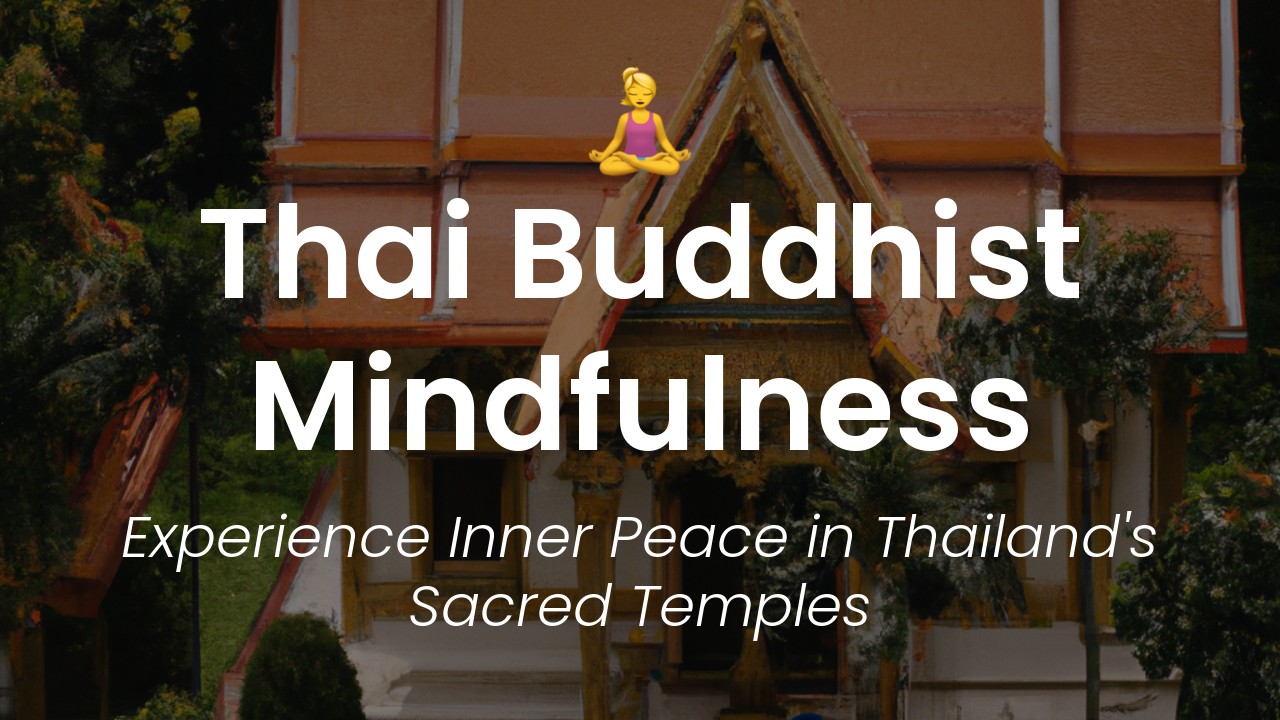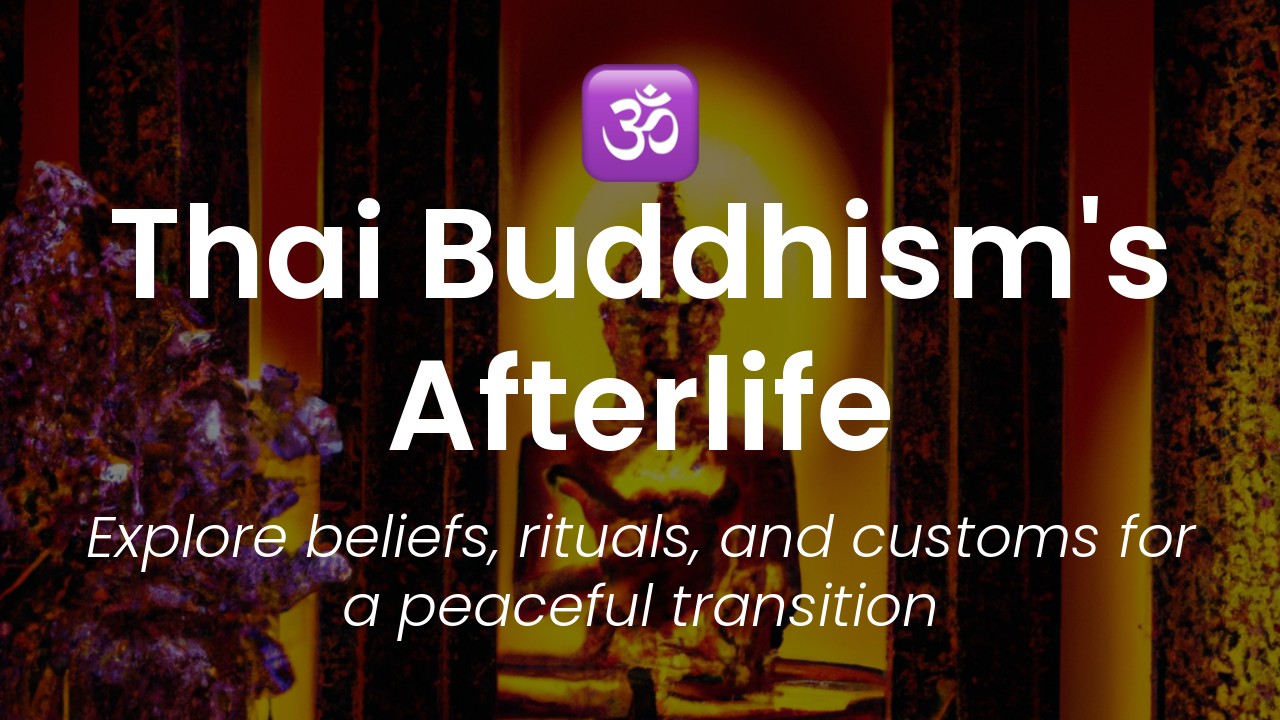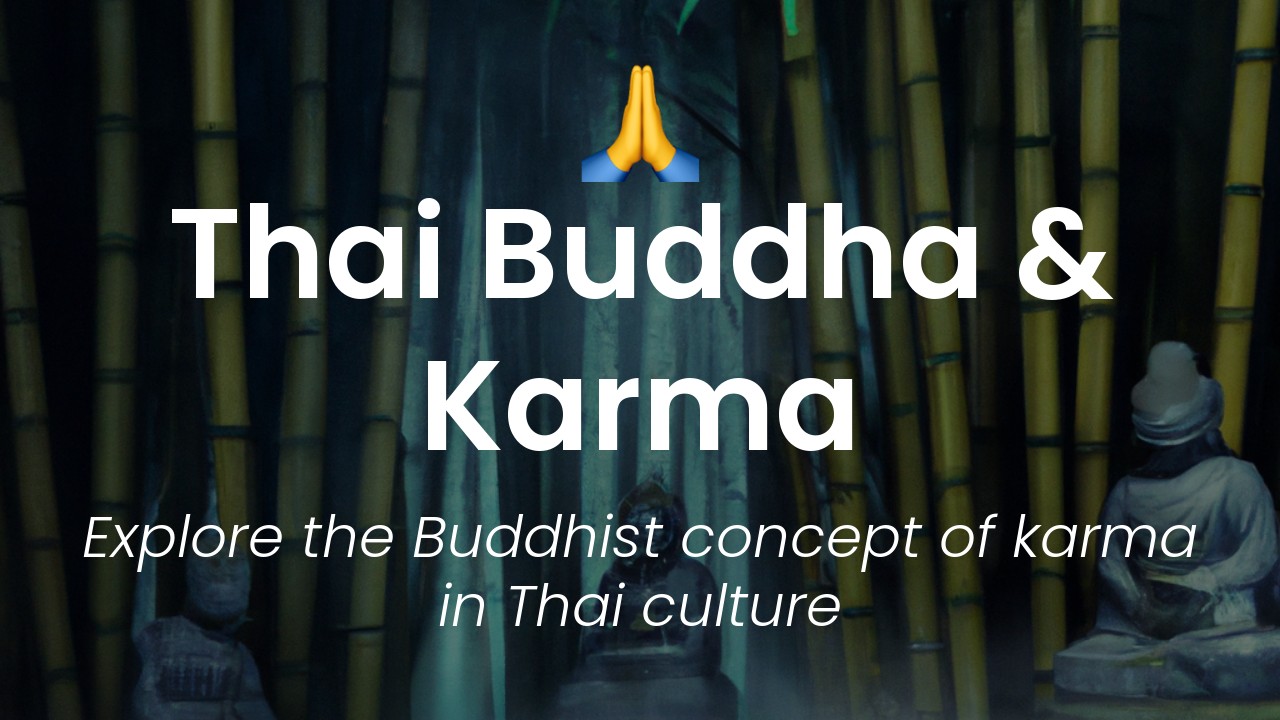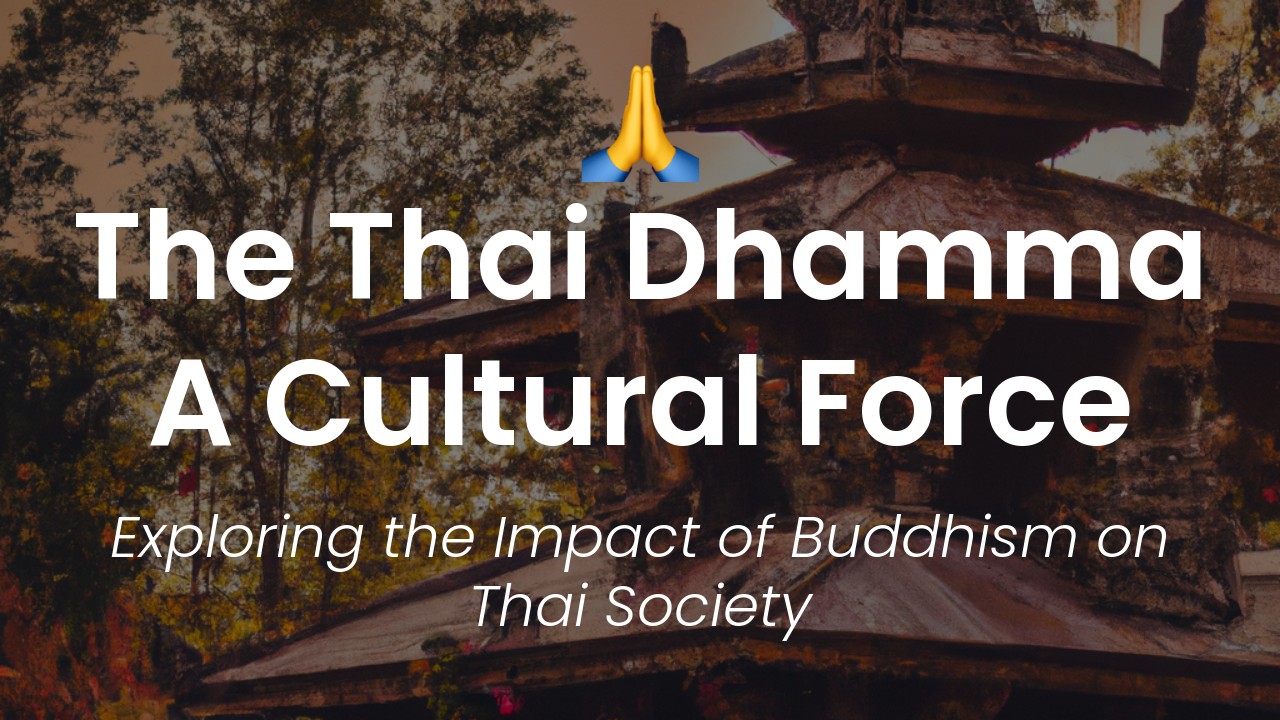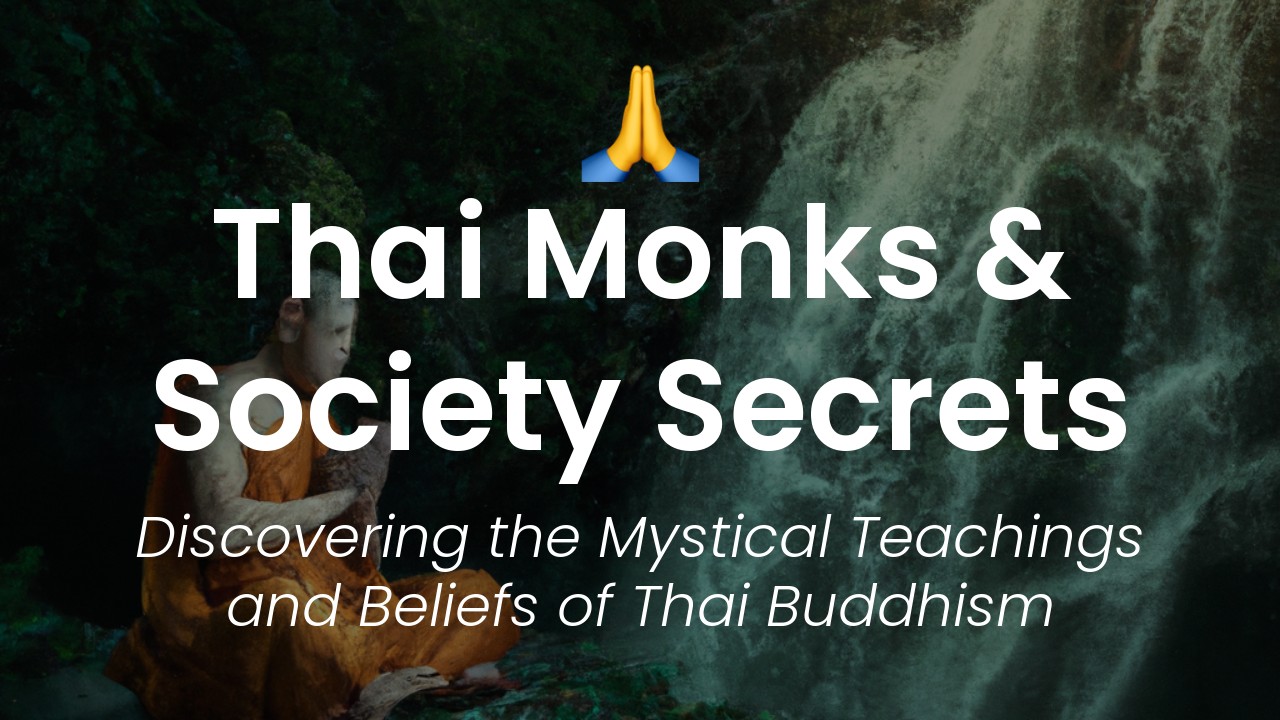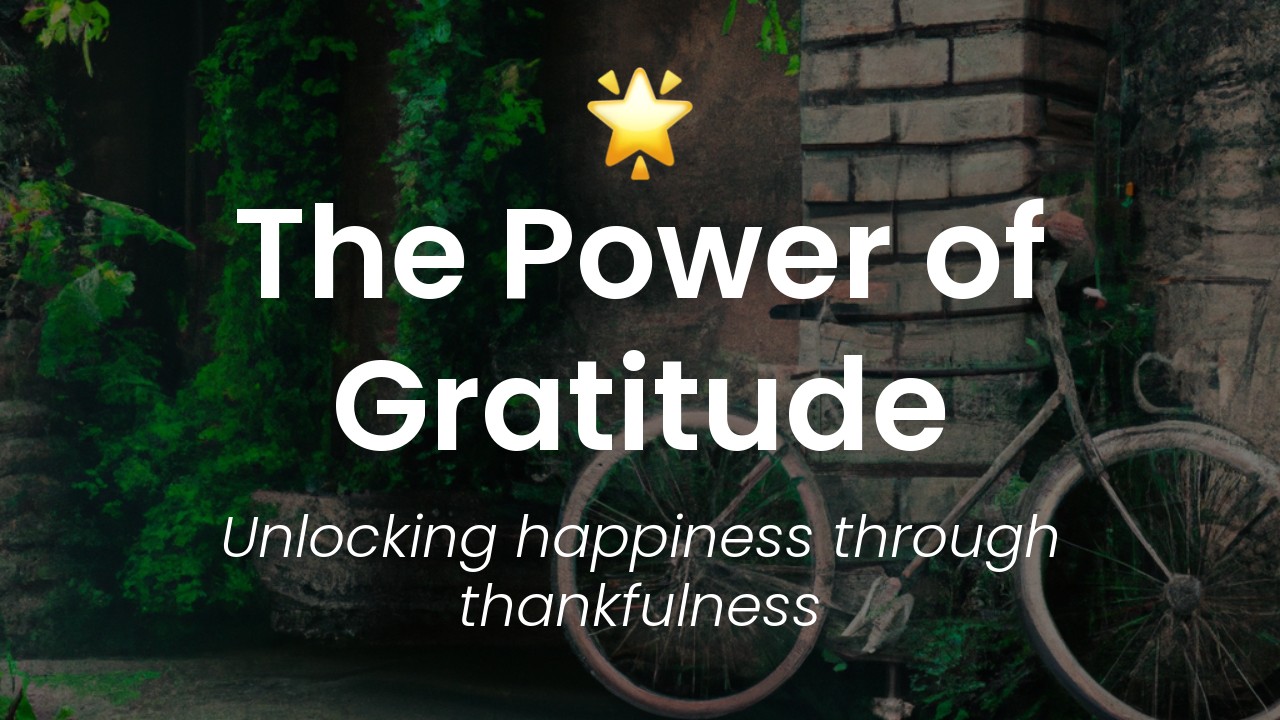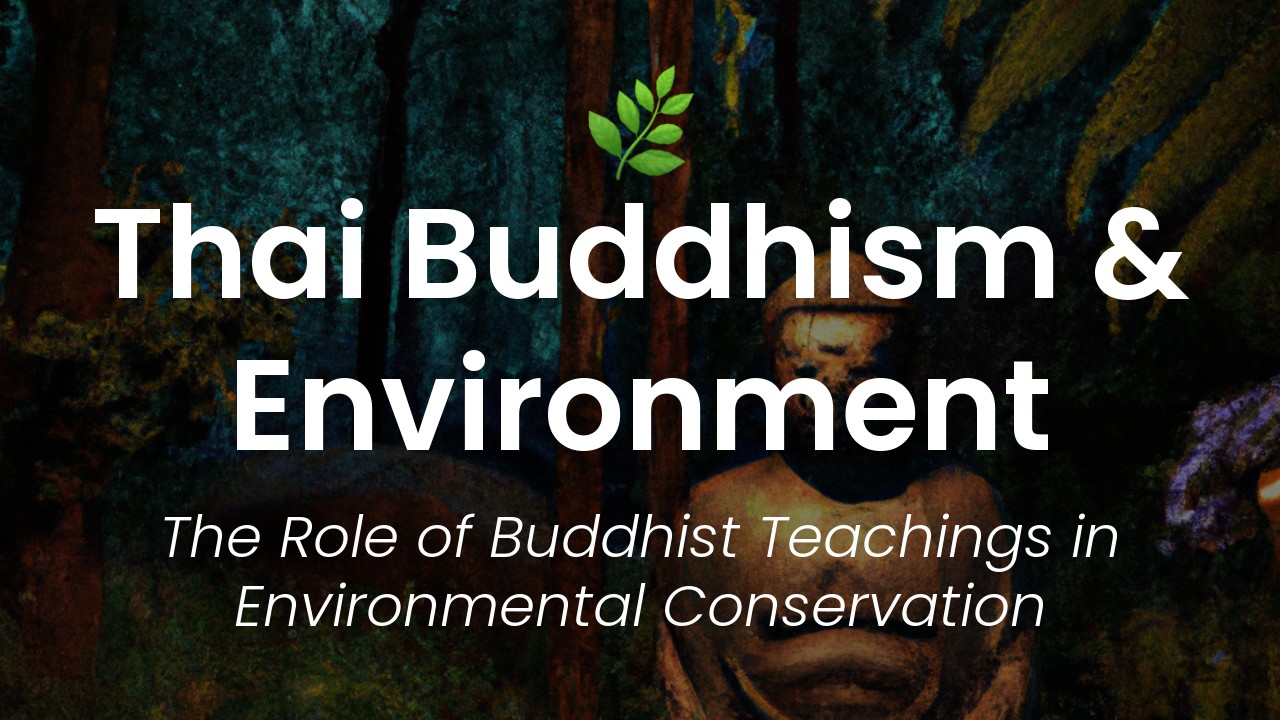As a Thai citizen, I have grown up with the teachings and practices of Buddhism. It is an integral part of my culture and daily life. I have come to appreciate the importance of mindfulness and its benefits in cultivating inner peace and happiness. For those who are not familiar, mindfulness refers to the practice of paying attention to the present moment without judgment. Buddhism incorporates mindfulness into its teachings as a way to achieve enlightenment, a state of being free from suffering.
Thailand is a country that is rich in Buddhist culture and traditions. Its temples and monasteries offer a unique opportunity for visitors to learn and experience Buddhist mindfulness practices firsthand. In this blog post, I will introduce you to some of the best Buddhist mindfulness practices that you can discover in Thailand.
Firstly, I will take you on a journey to one of the most majestic and awe-inspiring Buddhist temples in Thailand, Wat Phra That Doi Suthep. Located in Chiang Mai, this temple is believed to house relics of the Lord Buddha and is an important pilgrimage site for Buddhists. Here, you can learn about the practice of walking meditation, where you focus on each step in a deliberate and mindful manner.
Next, I will introduce you to the practice of Vipassana meditation, a popular form of meditation that originated in India and has been widely practiced in Thailand. Vipassana meditation involves observing your breath and sensations in your body in a non-judgmental manner. It is a challenging practice, but one that can be incredibly transformative.
Finally, I will share with you how Buddhist mindfulness practices have influenced everyday Thai life, from the way people greet each other to the importance of daily offerings. I hope that this article will inspire you to learn more about Buddhism and mindfulness and how it can benefit your life.
Walking Meditation
One of the most popular mindfulness practices in the Buddhist tradition is walking meditation. It's a practice of mindfulness that involves walking slowly, paying attention to each step, the breath, and the body's sensations. Walking meditation is a form of meditation that opens up the body and mind to a deep sense of awareness, calm, and clarity.
Phra Pathom Chedi is one of the most popular places for a retreat in Thailand, where you can practice walking meditation with a group of monks. You can also practice walking meditation in parks, temples, and along rivers. Regardless of where you choose to practice, walking meditation can take you deeper into awareness of mind and body.
Loving-Kindness Meditation
Loving-kindness meditation is another popular mindfulness practice in Thailand Buddhism. It's a practice of cultivating unconditional love and friendliness towards oneself and others. It involves repeating phrases of love, compassion, and goodwill towards ourselves and others.
Many Thai Buddhist temples offer meditation retreats where you can study and practice this technique. You can practice loving-kindness meditation in the temple, in your own home, or anywhere that you find peace and tranquility. With practice, you can develop more love and compassion for yourself and others.
Body Scan Meditation
Body scan meditation is a mindfulness technique that involves scanning the body for any sensations, thoughts, and emotions. This technique helps you become more aware of your body and mind and can teach you to become more present with your experiences. Body scan meditation is often used as a way to reduce stress and anxiety and improve sleep.
Many Thai Buddhist meditation centers offer body scan meditation as part of their programs. You can practice this technique in the temple, on a retreat or even at home. Body scan mediation can help you in making a stronger connection between body and mind.
Chanting Meditation
Chanting meditation is a mindfulness practice that involves chanting certain mantras or phrases repeatedly. The purpose of chanting is to help the mind focus on a single point and to help generate positive energy and emotions. This practice is often used to remove negative thoughts and emotions and alleviate depression and anxiety.
There are many Thai Buddhist temples that offer chanting meditation sessions. You can also practice chanting on your own, following along with recorded chants or using a prayer book. Chanting can be a powerful tool to calm the mind, connect with others in the community, and generate feelings of love and positivity.
Mindful Breathing Exercises
Mindful breathing is a mindfulness practice that involves focusing on the breath and observing it without judgment or interpretation. It is a simple technique that can help you become more present, reduce feelings of stress and anxiety, and improve your overall well-being.
Many Thai Buddhist meditation centers offer mindful breathing as part of their programs. You can also practice mindful breathing on your own, finding a quiet place to sit and focus on your breath. As you breathe, allow yourself to let go of any thoughts or distractions and focus fully on your breath. With time, you can learn to become more mindful and present in all aspects of your life.
Conclusion
Mindfulness practices play an important role in the Thai Buddhist tradition. Many people travel to Thailand to experience these practices firsthand and incorporate them into their daily lives. Through walking meditation, loving-kindness meditation, body scan meditation, chanting meditation, and mindful breathing exercises, you can learn to become more present, reduce feelings of stress and anxiety, and improve your overall well-being. These practices can offer many benefits for both physical and mental health, and can be easily incorporated into your everyday life.

